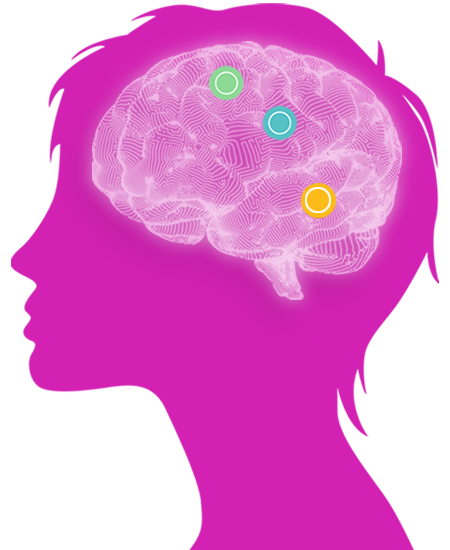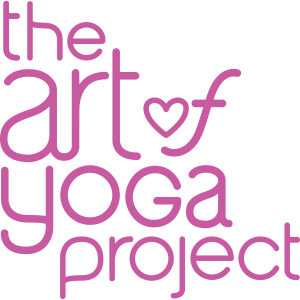OUR MODEL

Our program is based on the Child Trauma Academy’s evidence-based Neurosequential Model of Therapeutics [i] to address the particular needs of system-involved youth.
NMT guides our class sequencing by addressing emotional dysregulation, which is common in traumatized youth. Our class structure mirrors “bottom-up” brain development by first regulating the brainstem (the “survival brain”) through sensory integration and self-regulation, then the limbic system (the “feeling brain”) through relational activities, and finally the prefrontal cortex (the “learning brain”) through cognitive activities.
Another way to explain this sequencing is with the “three R’s” described in the NMT —first we Regulate, then Relate then Reason.
To learn more watch the video below
[i] Perry, B. D. (2009). Examining Child Maltreatment Through a Neurodevelopmental Lens: Clinical Applications of the Neurosequential Model of Therapeutics. Journal of Loss and Trauma, 14(4), 240-55.
Perry, B. D. (2006). The Neurosequential Model of Therapeutics: Applying Principles of Neuroscience to Clinical Work with Traumatized and Maltreated Children. Working with Traumatized Youth in Child Welfare. Ed. Webb N. B. New York: Guilford, 27-52.




